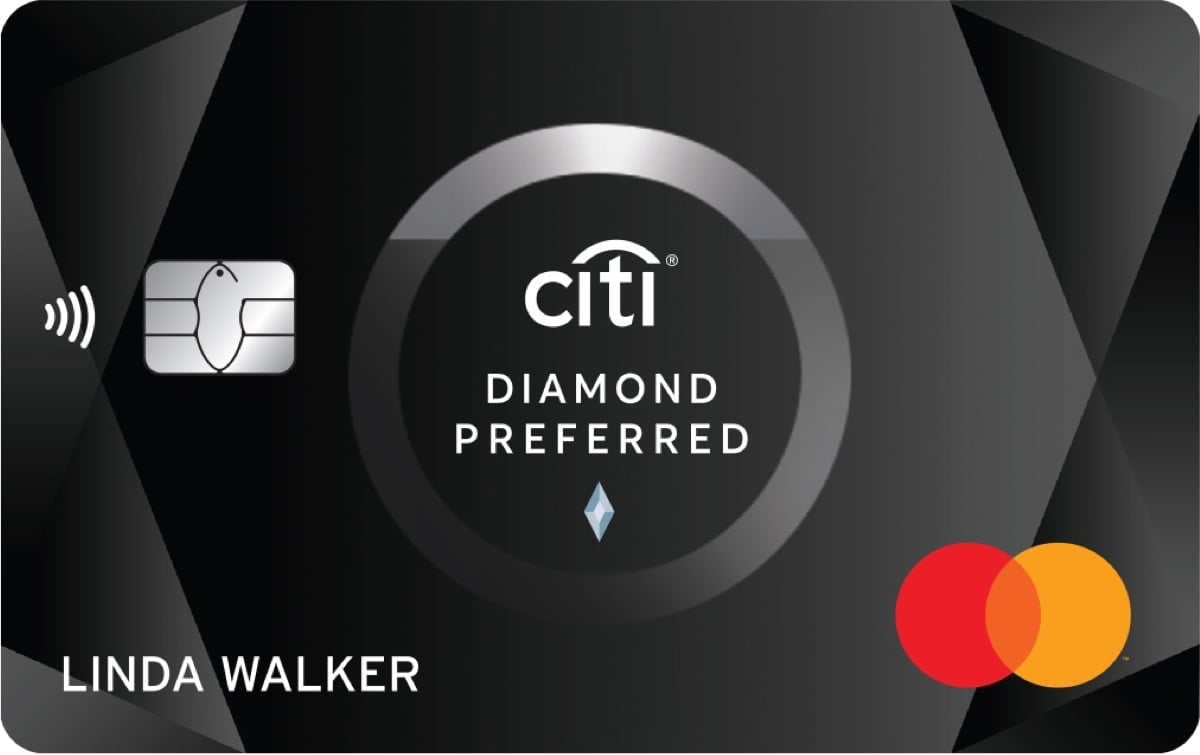5 Things to Know About the Aven Credit Card

Many, or all, of the products featured on this page are from our advertising partners who compensate us when you take certain actions on our website or click to take an action on their website. However, this does not influence our evaluations. Our opinions are our own. Here is a list of our partners and here's how we make money.
The credit cards industry is marked by constant change and innovation, and the Aven Home Equity Credit Card epitomizes its evolving nature. Part secured card, part home equity line of credit (HELOC), part cash-back card, the Aven credit card is nothing if not unique.
Issued by Coastal Community Bank, the Aven card joins a growing list of cards that are secured by something other than cash. But while other alternative cards are secured by jewelry or a vehicle, the Aven credit card is backed by home equity, which raises the possibility of losing your house if you default. That’s a risk many consumers won’t want to take.
Here’s what you need to know about the Aven Home Equity Credit Card.
As of this writing, the Aven card is only available in 31 states. Furthermore, customers in Alabama, Alaska, Arkansas, Idaho, Iowa, Kansas, Louisiana, Nebraska, New Hampshire, New Mexico, North Dakota, Oklahoma, Oregon, South Dakota and Wyoming are eligible for up to a $100,000 credit line on the Aven credit card. For everyone else, the maximum credit limit is $250,000.
1. Your home is the collateral backing the credit card
The Aven credit card is secured by your home; as such, owning a home is necessary to qualify for the Aven card. You must also have equity in that home, meaning that the value of the property is greater than what is owed on the mortgage. Aven says the company uses automatic valuation models to prove the value of your home, whereas a traditional HELOC generally requires an appraisal. The minimum credit line on the Aven card is $7,000.
Additional requirements include a minimum FICO score of 640, which is considered fair credit, and proof of income. Applicants’ income may be verified by tax documents, pay stubs and instant bank account verification, among other methods. Aven CEO Sadi Khan said in an email that income "is one of the most important variables” the company uses to determine eligibility for the Aven card. “We want to ensure they will have the ability to pay; we are not interested in cardholders defaulting,” he said.
Defaulting, or failing to make a credit card payment for more than 180 days, is always a serious matter, but perhaps even more so when it comes to the Aven card. Because the card is backed by your home equity, you could lose your house as a consequence of defaulting. Khan said that foreclosure is a last resort that Aven takes only after the cardholder has been through the delinquency management process for five to six months.

2. The card is an alternative to a HELOC, for better and worse
The Aven card styles itself as a cross between a HELOC and a traditional credit card. Its hybrid nature comes with benefits and drawbacks. Like a primary mortgage, taking out a HELOC often incurs closing costs that may include an origination fee and home appraisal fee, among others. The $0-annual-fee Aven card, however, doesn’t charge fees to let you tap into your home’s equity.
But hitching the value of your home to a credit card could be a slippery slope into financial ruin.
Studies show that you're more likely to spend more with a credit card than with cash. It can be too tempting to spend your home’s equity when it’s linked to a credit card, a payment method that plenty of people use on a daily basis. The Aven card’s rewards rate (more on that later) further incentivizes consumers to use the card regularly. Using a HELOC to pay for frivolous expenses that would normally break the budget can put your homeownership in jeopardy.
Yes, credit card rewards are a nice perk, but they’re nowhere near as valuable as the roof over your head.
» SEE: Good reasons to get a HELOC
If you want a HELOC but also the convenience of paying with plastic, the Aven card isn’t the only option. Many traditional HELOC accounts come with a card that can be used to make purchases or withdraw cash, much like a debit card, though you won't earn rewards.
3. The rewards rate is high
All purchases made with the Aven credit card earn an unlimited 2% cash back, an excellent flat rate. Cash back is earned as points that can only be redeemed for a statement credit. The statement credit counts as a payment toward the statement balance and minimum payment due. That’s a major departure from other credit cards that don’t consider a statement credit an official payment.
Points earned with the Aven credit card never expire. » BEST: Rewards credit cards right now
4. Interest rates are lower than the industry average
Interest rates on the Aven credit card are significantly lower than what you’d find in other cards. As of May 2023, the average credit card annual percentage rate for cards that charged interest was 20.68%. On the Aven card, interest rates range from 7.99%-15.49%, depending on creditworthiness (as of October 2023). Furthermore, Aven caps APRs at 18% for all cardholders, even if the prime interest rate goes higher.
New cardholders can lower their APR by another 0.25% by enrolling in auto pay.
Of course, you’ll never owe interest if you pay off your credit card balances in full every month.
5. Balance transfers are possible — but not advisable — with the Aven credit card
The Aven card may be used for balance transfers, but think carefully about consolidating debt with this particular card.
At first blush, the Aven card seems to be a good option for moving debt thanks to its relatively low interest rates and 2.5% balance transfer fee. Other credit cards tend to charge at least 3% to move debt.
However, a credit card specifically designed for balance transfers can easily save you more money, even after factoring in a higher balance transfer fee. The best balance transfer cards, such as the Citi® Diamond Preferred® Card, charge exactly 0% interest on balance transfers for up to 21 months.
Then there’s the matter of turning unsecured debt into debt secured by your home. When you default on unsecured debt, your credit score will probably suffer, and the creditor could garnish your wages or take you to court to recoup missing funds. Those are terrible consequences, yes, but when you default on secured debt, the lender can seize whatever asset is backing the loan, which in the case of the Aven card is your home.
For a cheaper and less risky balance transfer option, consider a balance transfer credit card.
» NEXT: Top secured credit cards
Find the right credit card for you.
Whether you want to pay less interest or earn more rewards, the right card's out there. Just answer a few questions and we'll narrow the search for you.



